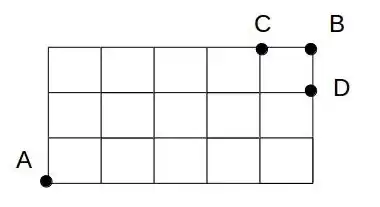Let $p\in \mathbb{R}$ and $n\in \mathbb{N}$ and $$\binom{p}{n}=\frac{p(p-1)(p-2)...(p-n+1)}{n!}$$
b) Prove $$n\binom{p}{n}=p\binom{p-1}{n-1}$$
Thanks for all the help with a! I definitely understand it now. Now part b is simply asking me to multiply those, correct? I did that and it just seems to easy. Also I never used the fact that $$\binom{p}{0}=1.$$ Was I supposed to use it for b?
